What’s New
This week in Summer Reading
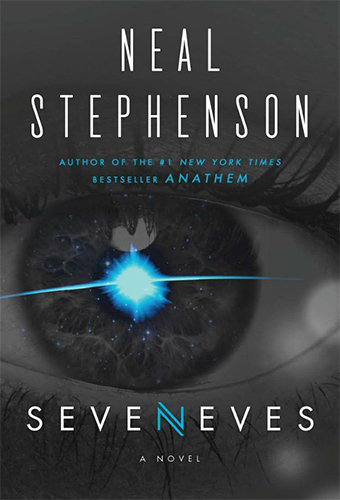
Seveneves
Neal Stephenson
What would happen if the moon exploded? All the rules that govern our solar system would change – or rather, because the rules of physics would still be followed, everything about life on Earth would change irreversibly. This novel imagines in stunning detail a multicentury history of human life after the moon shatters, and the central role that women would play in it. Stephenson creates a rigorously science-based alternate reality peopled with compelling characters on complex adventures.
MICHELE RABKIN
Associate Director
Berkeley Connect
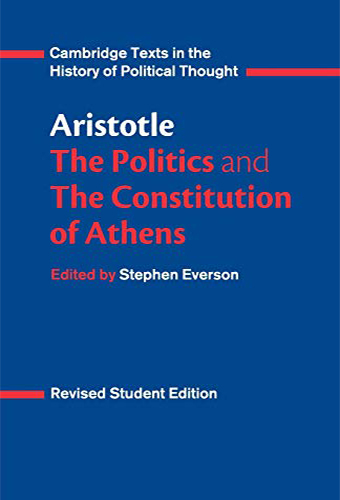
The Politics and the Constitution of Athens
Aristotle
An oldie but a goodie, Aristotle’s account of the political machine of fourth-century Athens is a fundamental tool for understanding the origins of political thought and how states formed institutions to order their state. Although Aristotle is attributed with some 158 accounts of other Greek constitutions, this is the only extant version of these works, which we only have by chance, as papyri containing portions of the text surfaced within the last century and a half and were pieced together by scholars.
ANDY HOGAN
Postdoctoral Fellow
The Center for the Tebtunis Papyri
The Bancroft Library
This week in Summer Reading
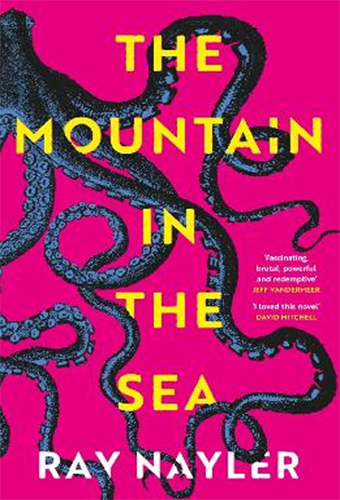
The Mountain in the Sea
Ray Nayler
This book is a gem – an entrancing page-turner taking place in the near future, where the existence of a society of highly intelligent and communicative octopuses comes into contact with humans. In narrating this encounter, the author explores deep questions on the nature of mind – the meaning of and requirements for sentience, and how mind, body, and world are intertwined. All of this in the context of a near-future world continuing to be plagued by environmental catastrophe and extreme human suffering. How might such an intimate meeting with the alien consciousness of cephalopods with a very different lens on the world inform our capacity to rewrite the rules?
DAVID PRESTI
Teaching Professor
Neurobiology and Psychology

White Mughals: Love and Betrayal in Eighteenth-Century India
William Dalrymple
William Dalrymple shares the remarkable and true story of James Achilles Kirkpatrick, an English East India Company officer, and his wife, Khair-un-Nissa, an Indian Muslim noblewoman. Their love story serves as a powerful reminder of the cultural amalgamations that thrived during 18th-century India, building bridges between India and the West through the intermingling of languages, art, religion, and politics.
However, this historical perspective seems unusual and ironic in contrast to the narrative that exists in the world’s consciousness of today, given the oppressive practices of cultural separation spurred on by racism and colonialism in 19th- and early 20th-century India. These practices led to the burning of the aforementioned bridges and the collective social awakening of a country seeking freedom and justice. In the shifting shadows of these opposing ideologies, Dalrymple provides new perspectives on the mechanisms of racism, colonialism, and globalization. He encourages the reader to examine the sociocultural fabric of our current existence and reconsider how the legacies of our past weave our future.
This book is well-researched and beautifully written, and has everything one could want: memorable characters, adventure, romance, espionage, betrayal, tragedy, and curated pictures that offer a glimpse into this forgotten world!
VINEETA RAM
Disability Specialist
Disabled Students Program
This week in Summer Reading
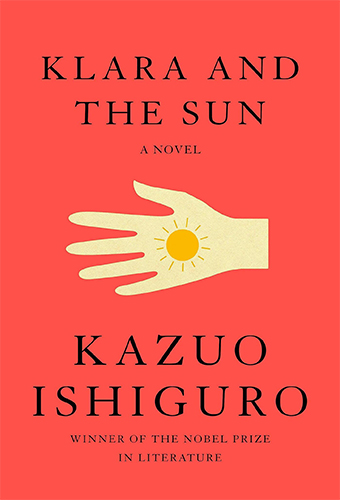
Klara and the Sun
Kazuo Ishiguro
This is a story about bending the boundaries of life, love, and the in/ability to change. Klara is an “artificial friend” – an emotional support type of robot – and the story unfolds from her perspective as she is purchased and taken to her new home. It is dark and dystopian and also light as air.
LOTTA WECKSTRÖM
Language Program Coordinator
Lecturer, Finnish Studies

The Just City
Jo Walton
The Just City by Jo Walton is sci-fi/fantasy about a social experiment involving an attempt to “(re)write the rules” to implement a version of Plato’s Republic, but grappling with issues of sexual consent, the rights of slaves or robots in this proposed new society, etc., all done with a focus on Socratic debate. Highly readable. It’s the first of three volumes in Walton’s “Thessaly” series.
ETHAN LIGON
Professor
Agricultural & Resource Economics
This week in Summer Reading
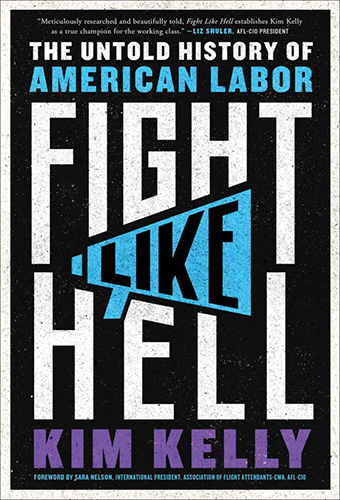
Fight Like Hell: The Untold History of American Labor
Kim Kelly
Kelly came to national attention for rewriting rules when she shattered common expectations for Teen Vogue with her hard-hitting labor reporting. In Fight Like Hell, she offers a celebratory yet critical history of American labor movements and activists who rewrote the rules of work in America. It is an accessible survey of labor history that honors the positive efforts of the past while outlining how bias and prejudice have hampered American labor activism from its earliest origins to the movements of today. Fight Like Hell provides a great foundation for understanding Berkeley’s and the Bay Area’s history of activism.
ABBY SCHEEL
Head, Arts & Humanities Division
Doe Memorial Library
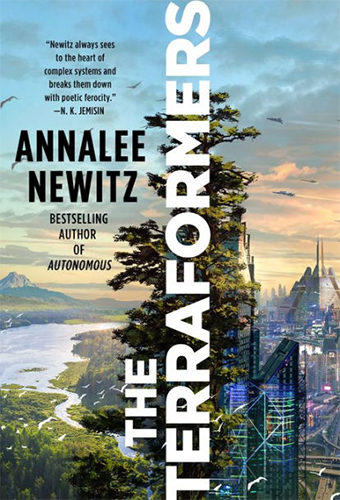
The Terraformers
Annalee Newitz
It’s thousands of years in the future in this novel by Annalee Newitz, and humanity has completely rewritten the rules of what it means to be sentient. We find ourselves on a planet that is owned by a corporation and yet being terraformed with humility and understanding of the intelligence of all life. This novel explores bio- and geoengineering, gender, evolution, capitalism, and more, with an uplifting tone and creative approach that makes us question pretty much everything about what it means to live a meaningful life.
JENNIFER CALESHU
Continuing Lecturer
Haas School of Business
This week in Summer Reading
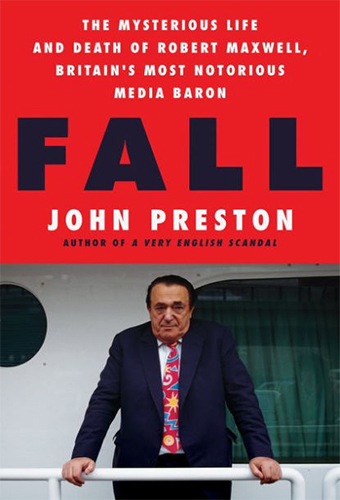
Fall: The Mysterious Life and Death of Robert Maxwell, Britain’s Most Notorious Media Baron
John Preston
Ian Robert Maxwell (born Ján Ludvík Hyman Binyamin Hoch) was a Czechoslovak-born British media proprietor, member of Parliament (MP), suspected spy, and fraudster. He is a larger-than-life character whose triumphs, crimes, and human flaws are now notoriously documented.
Part of me appreciates this multifaceted and detailed analysis of Maxwell, but part of me is irritated at what sounds like tacitly absolving him of his worst crimes. All and all, this book by John Preston is breathtaking – you will gasp and choke on your emotions throughout it.
ELENA ZASLAVSKY
Metadata Creation Professional, Metadata Creation Unit
Collection Services Division — Metadata Services
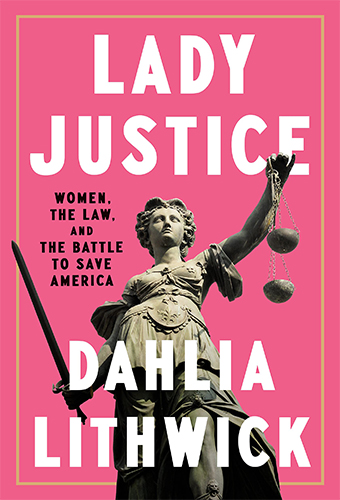
Lady Justice: Women, the Law, and the Battle to Save America
Dahlia Lithwick
Dahlia Lithwick profiles several women who used their legal expertise in various ways to challenge the excesses of the Trump administration. One thread that runs through the chapters (which cover topics like immigrant rights, reproductive rights, #MeToo in the federal judiciary, and protecting the vote) is the different perspectives on transformation from those who see themselves working inside versus outside the system.
KATHLEEN MCCARTHY
Professor
Ancient Greek and Roman Studies
This week in Summer Reading

Fuzz: When Nature Breaks the Law
Mary Roach
Fuzz is a fun, pop-science book, like much of Roach’s work. The premise is: What happens when animals transgress on human society in different ways and how do different places handle that. Human rules meet the natural world with sometimes funny, sad, or concerning results.
CATHERINE CRONQUIST BROWNING
Assistant Dean
Academic Programs, Equity & Inclusion
School of Information

The Magical Language of Others: A Memoir
E. J. Koh
As a young girl growing up in California, author E. J. Koh’s life is upended when her parents decide to return to their home country of South Korea, leaving her and her older brother behind to benefit from a life in America. Moving freely through time and space, Koh revisits this period of her life and beyond, building her memoir around the process of translating the (always unanswered) letters her mother would write to her. Through this literal process of “rewriting” her mother’s words, and the rules that hold a family together across generations, the book invites readers to embrace the imperfect but necessary role that language plays in enabling us to truly understand one another
BEN SPANBOCK
Lecturer
College Writing Programs
This week in Summer Reading
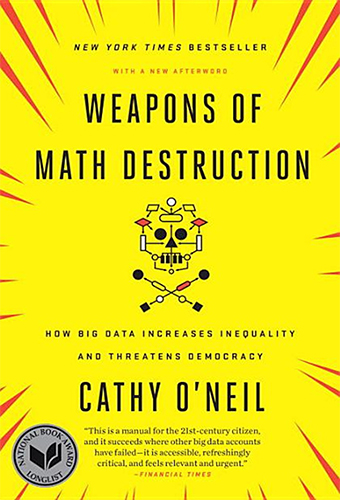
Weapons of Math Destruction: How Big Data Increases Inequality and Threatens Democracy
Cathy O’Neil
An examination of different algorithmic systems and how they structure our education, finances, career opportunities, and more, often amplifying biases or creating unintended consequences. O’Neil gives us insight into the semi-opaque rules that define our lives in an era where statistical principles are (mis)used to shape our world, and what we can/should do to understand, revise, or fight those rules. This book will keep you reading because you’ll get madder and madder, but you’ll appreciate the insight into things we don’t always know about.
CATHERINE CRONQUIST BROWNING
Assistant Dean
Academic Programs, Equity & Inclusion
School of Information
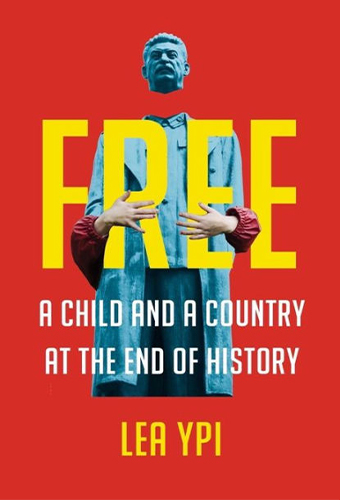
Free: A Child and a Country at the End of History
Lea Ypi
This memoir by an Albanian political scientist who now lives and works in Britain is a very interesting personal window into a little-studied country that had a very closed, Soviet-style socialist government until much later than its neighbors. Ypi discovers the rules that structured her life as she was growing up and has the opportunity to contrast them with different kinds of rules and social structures later in life. Ypi’s book is compelling and HIGHLY readable; I could not put it down. It’s also a book that doesn’t shy away from difficult things, but it’s not so heavy that it’s hard to get through.
CATHERINE CRONQUIST BROWNING
Assistant Dean
Academic Programs, Equity & Inclusion
School of Information
This week in Summer Reading
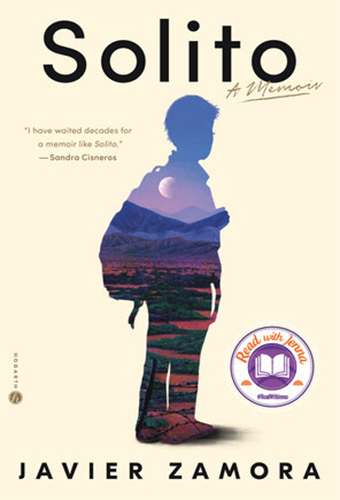
Solito
Javier Zamora
In this book, Javier Zamora tells his story as an undocumented child emigrating from El Salvador to the U.S. He captures his view of the world as a 9-year-old and takes you with him as he leaves his grandparents, is led by coyotes, and meets fellow migrants on the journey. I was so immersed in the book and his experiences that by the time he reaches the U.S. border, I was shocked by the starkness and strangeness of this new country and its people. An agua fresca and chilaquiles will never taste the same.
NANCY H. LIU
Director, UC Berkeley Psychology Clinic & Center for Assessment
Associate Clinical Professor
Department of Psychology

Chip War
Chris Miller
What do old graphing calculators, a small island nation, and the fight for global dominance have in common? Semiconductor chips. In Chip War, Chris Miller, history faculty member at Tufts, tells the gripping account of the rise of this technology over the past few decades and the new global arms race. Elegantly weaving the stories of early Silicon Valley personalities with Texas technology (rather than oil) tycoons and ultimately landing in Taiwan, this book will make you understand current geopolitics (like the war in Ukraine) in a new light – I now cannot unsee the importance of these chips.
NANCY H. LIU
Director, UC Berkeley Psychology Clinic & Center for Assessment
Associate Clinical Professor
Department of Psychology
This week in Summer Reading

Think Again: The Power of Knowing What You Don’t Know
Adam Grant
Grant’s book discusses how we can go about defining ourselves by values which could give us the flexibility to rethink and update our plans and practices based on ongoing new evidence. It encourages you to reexamine and challenge your own beliefs and assumptions.
LOIS WAREHAM
Manager
IT Client Services
Special Operations and Security Response
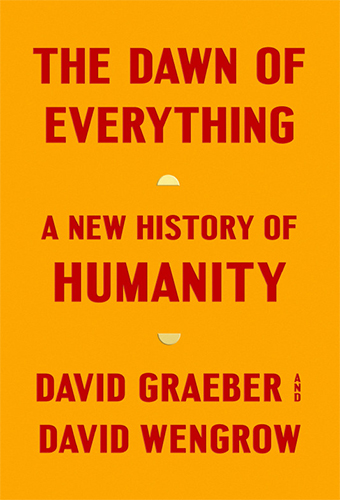
The Dawn of Everything
David Graeber and David Wengrow
The Dawn of Everything: A New History of Humanity is a 2021 book by anthropologist David Graeber and archaeologist David Wengrow. It puts forth a dramatically new understanding of human history, challenging our most fundamental assumptions about social evolution — from the development of agriculture and cities to the origins of the state, democracy, and inequality — and revealing new possibilities for human emancipation. I recommend this book because it causes us to reevaluate the “rules” of human society, and gives us a more hopeful vision of the creativity that characterizes our species.
CAROLINE M. WILLIAMS
Associate Professor
Department of Integrative Biology
This week in Summer Reading
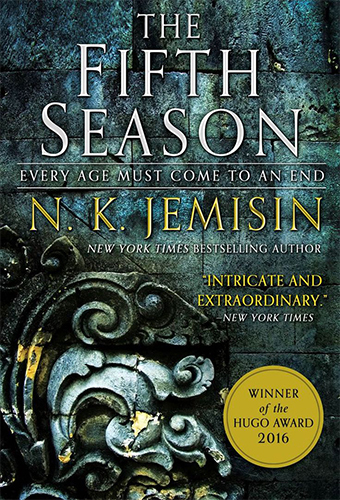
The Fifth Season
N.K. Jemisin
The Broken Earth Series by N. K. Jemisin fits the theme, is an engaging and thought-provoking piece of fantasy, and has incredible world building that I constantly envy. I think incoming students would enjoy it and I’d recommend starting with the first in the series, The Fifth Season.
JACK ESPINOZA
Film and Media Studies Major
Class of 2023

Fairyland: A Memoir of My Father
Alysia Abbott
Two decades after her father’s death from AIDS-related complications, Alysia Abbott wrote Fairyland, a memoir of her father in San Francisco in the 1970s and ’80s. She recounts their lives together as her father raises her as a single, gay parent after Abbott’s mother suddenly dies in a car accident. They move from apartment to apartment in Haight Ashbury, surrounded by a community of people including poets, drag queens, boyfriends, and roommates. Her father’s parenting skills are unconventional and imperfect, their community eccentric and chaotic; but through this instability and loneliness, her life is interspersed with abiding love, creativity, and responsibility. By reading her father’s journals after his death, and in the process of writing this book, she learns of unexpected truths, one that has helped her to reconstruct her own truth and “rules” of what family, parenting, and love should look like.
CHISAKO COLE
Lecturer
College Writing Programs